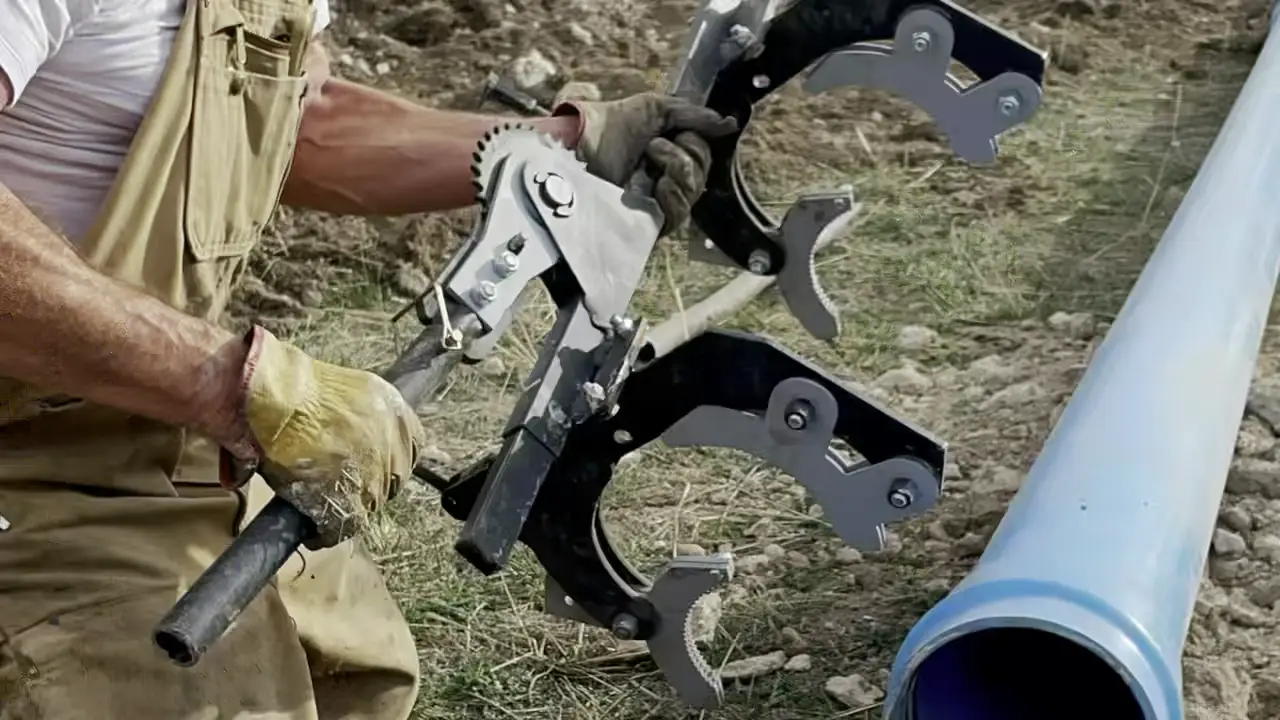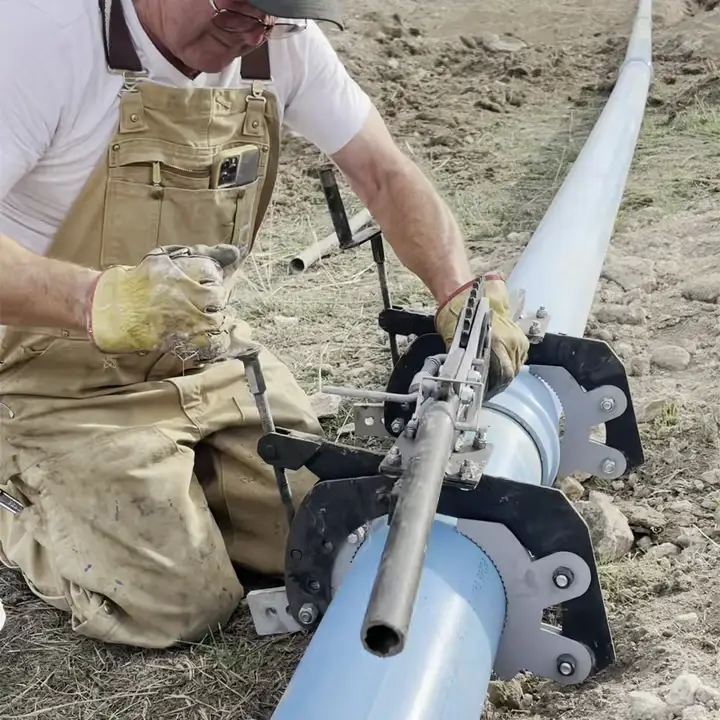In any PVC plumbing job, joining gets the spotlight. Installers double-check alignment, glue coverage, and joint depth. But what about when something needs to come apart?
Too often, pipe removal is treated as an afterthought. That’s a problem. Because once a pipe run shifts, a fitting fails inspection, or someone mis-glues under pressure, removal becomes urgent. If you’re not prepared, you’re wasting time, burning materials, and risking system integrity.
Let’s talk about why clean removal matters just as much as a solid join — and how the right tool changes everything.
Most Crews Focus on Joining — Until It’s Time to Backtrack
PVC plumbing couplers are designed to hold tight. That’s the goal. But in real job-site conditions, things change. An angle’s off. A run is a quarter-inch too long. A coupling was glued too fast and didn’t seat fully.
Now, you’re stuck removing a piece you weren’t planning to take apart. And without a reliable removal method, you’re either cutting too close to the fitting or fighting a coupler with heat and force — often both. That’s when damage starts adding up.
No one budgets time or materials for fixes. But that’s the reality: PVC systems require adjustments. Removal isn’t rare. It’s expected.
What Goes Wrong When Couplers Are Removed the Wrong Way
If you’re still relying on improvisation — heat guns, saws, pry tools — you’ve seen the fallout firsthand:
- Pipe ends crack from overbending
- Couplings split or warp under uneven pressure.
- Cement build-up prevents full-depth reseating.
- Cutbacks shorten usable pipe length
- Adjacent fittings get stressed or misaligned.
Even a clean-looking cut might leave a distorted or out-of-round edge that never joins right again. And with Schedule 40 or 80 pipe, that kind of distortion doesn’t just slow you down — it compromises pressure handling and long-term durability.
A rushed removal leads to patch fixes and callbacks. No one wants to admit it, but we’ve all been there: one careless pull, and you’re starting over two fittings back.
A Smarter Way to Handle Coupler Removal
That’s where a proper PVC pipe coupler removal tool comes in. When the job requires both strength and control, brute force isn’t enough. You need a tool designed to hold, align, and apply pressure without causing damage.
The PipeFitter™ is engineered for this exact task. While it’s known for joining, its build also makes it ideal for clean disassembly. The tool’s clamp system locks around the pipe and fitting, giving you leverage to pull or rotate without bending the pipe or cracking the coupling.
In real-world use, that means:
- Controlled removal, even under tension
- Less damage to pipe ends
- Reusable PVC pipe coupling when needed
- No more fighting fittings with makeshift solutions
And because the tool adapts to pipe sizes from 3″ to 12″, you’re covered whether it’s a small fix or a full system segment that needs rework.
Joining Right Isn’t Enough — You Need to Remove Right Too
The industry talks a lot about joining techniques. Clean edges. Proper priming. Full-depth insertion. All critical — no argument there.
But when you skip the other half of the process, your installation is only as strong as the next repair.
A tight PVC plumbing coupler means nothing if it cracks during removal. A perfect pipe run falls apart if you can’t rejoin it with the same level of precision after disassembly. And every time you reach for a workaround instead of the right tool, you’re gambling with time and materials.
PVC work needs to be clean both ways — going in and coming out.
Get a Tool That Handles Both Ends of the Job
If you’re still removing fittings with heat and guesswork, you’re adding risk that doesn’t need to be there.
The PipeFitter™ gives you clean, even pressure for joining — and the control you need for safe removal. It’s sturdy, precise, and designed for jobsite realities. Ready to work smarter on every install and repair? Buy The PipeFitter™ tool today and get the control, strength, and precision you need for both clean joins and safe removals.





